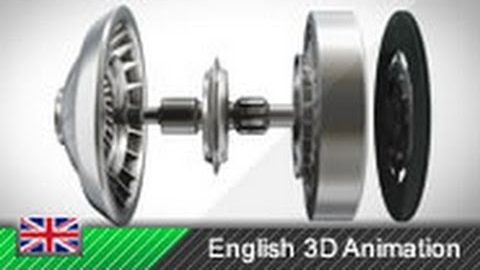This is Exactly How Torque Converters Work! Full Animation

Torque converters are a lot like transmissions in that most of us really have no idea how they actually work, we just know that they do. However, as with the transmission, there is little more going on that some physics that, when sufficiently broken down, aren’t terribly hard to understand. The main component at play inside the converter is the impeller. This is the part that is adjusted when you find your converter too “loose” or “tight”. When you’ve watched this video, you should have a better understanding of what those terms mean and how the adjustments that are made work to make it more effective for your combination.

Every powertrain combo has it’s own power band, and the converter is custom built to match the torque and horsepower output to keep the engine in the ideal RPM range as much as possible. The impeller’s fins are adjusted to drive the fluid through the turbine at just the right RPM, then as the engine speeds increase, the turbine and stator work together to force the fluid back into the impeller, building the pressure inside the converter and causing the turbine to spin faster, which increases the output speed. Eventually, the turbine reaches a high enough speed, around 90% of that of the impeller, and it locks up the clutch, turning the converter into a direct drive like a fully engaged clutch.
There’s certainly a science in building converters, and very few people fully understand what’s going on inside these donut-shaped metal components. If you’re tuning an automatic transmission, you will find out almost immediately if your converter is too loose, too tight, or just right. Most converter manufacturers can take into account your horsepower levels, gear ratios, transmission type and vehicle weight and get it very close on the first try, proving just how good they are at what they do.

